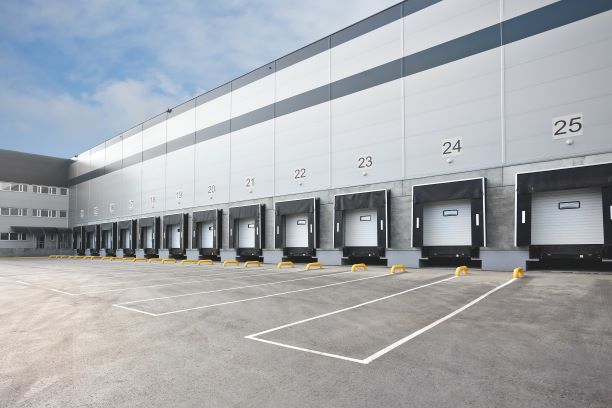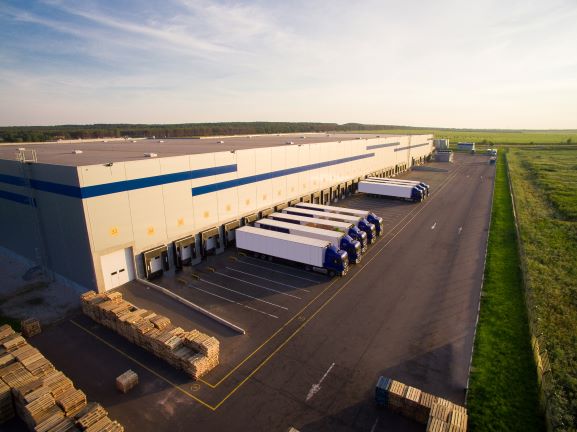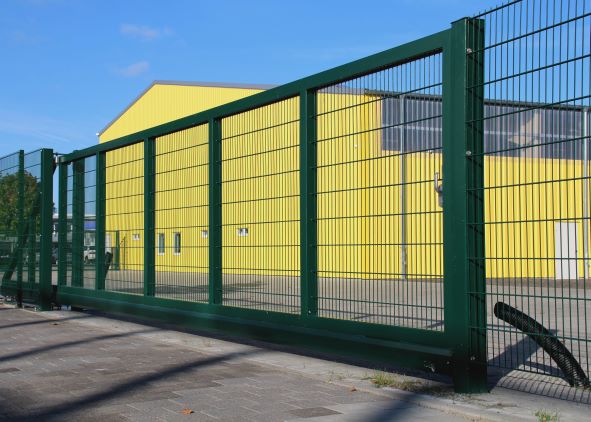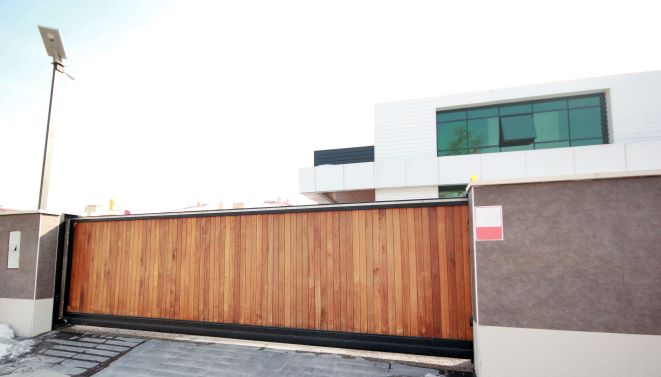Cables in industrial doors
Jan Arnoldy | 17. March 2021
When I started at igus, I was asked time and again. “What exactly do they do?” or “Where are these cables used?” It is not easy to find a suitable answer to these questions. Because our cables are used in so many different ways that it is difficult to explain them in just a few examples. Hall doors are one example. During a project with a customer, I dealt a lot with the topic of “cables in industrial doors”.

Industrial doors for loading
For a logistics centre, a customer was looking for the right cables for use on their hall doors. By using the right cables, he wanted to protect the logistics centre from breakdowns and ensure smooth operations. The trips of a lorry are usually strictly timed. This also includes the loading time at the ramp. If the process comes to a standstill at this stage, this will have consequences for the entire subsequent process and sometimes entail unnecessary costs.
Freight forwarders are under immense pressure anyway and punctual delivery is often dependent on external factors beyond their control. As soon as one link in the chain stops working, the entire logistics system comes to a standstill. All the better if the hall doors work perfectly.

Requirements for cables in industrial doors
Hall doors open and close up to 30 times per hour. Depending on the size of the forwarding companies or warehouses, countless lorries are loaded every day. The cables used are usually dry inside the storage hall. Nevertheless, external conditions such as heat and cold must not be disregarded in the planning. When selecting the right cables, both the number of cycles per day or hour and the travel, i.e. the height of the door and the bend radius, are important.
Another type of industrial doors are the so-called sliding doors. These types of doors are mostly used outdoors and must therefore be considered somewhat differently in the cable assignment than in our first example.
Since the external influences, such as the ambient temperature or humidity and moisture due to rain, are different here than indoors, the selection of a higher quality cable can be advantageous.

Here, the cable guidance is usually achieved with the so-called micro flizz system. This system is maintenance-free, easy to assemble and offers a ready-made chain guide in addition to requiring little space.

Which cable did the customer use?
Back to our customer with the hall door. Here we used a CF211. We decided to use a data cable because of the existing sensor technology. As there are no extreme temperatures and the cable is located in a dry environment in the storage hall, we used a PVC outer jacket. Due to the twisted pair structure of the cores, this cable is very well suited for travels of this type.

Sometimes different cables are needed due to different requirements and sensors. Especially when it comes to safety, the reliable functioning of all components must be ensured, including the cable. It must be ensured, for example, that no one is trapped under the door. For this purpose, among other things, so-called safety bars are used at the closing edge of the door.

The right cable for your industrial door
Choosing the right cables was not quite as easy as it seems at first glance. Sometimes it takes more than just a look in the catalogue. Here, not only the external influences, such as the ambient temperature, must be taken into account, but also application-based specifications. These include, for example, the travel or the bend radius.
In co-operation with the customer, a technically optimal solution was found. The doors have been operating smoothly and fault-free ever since.
Are you also looking for cables for your industrial doors or other moving applications? Feel free to contact us. We would be happy to help you.

